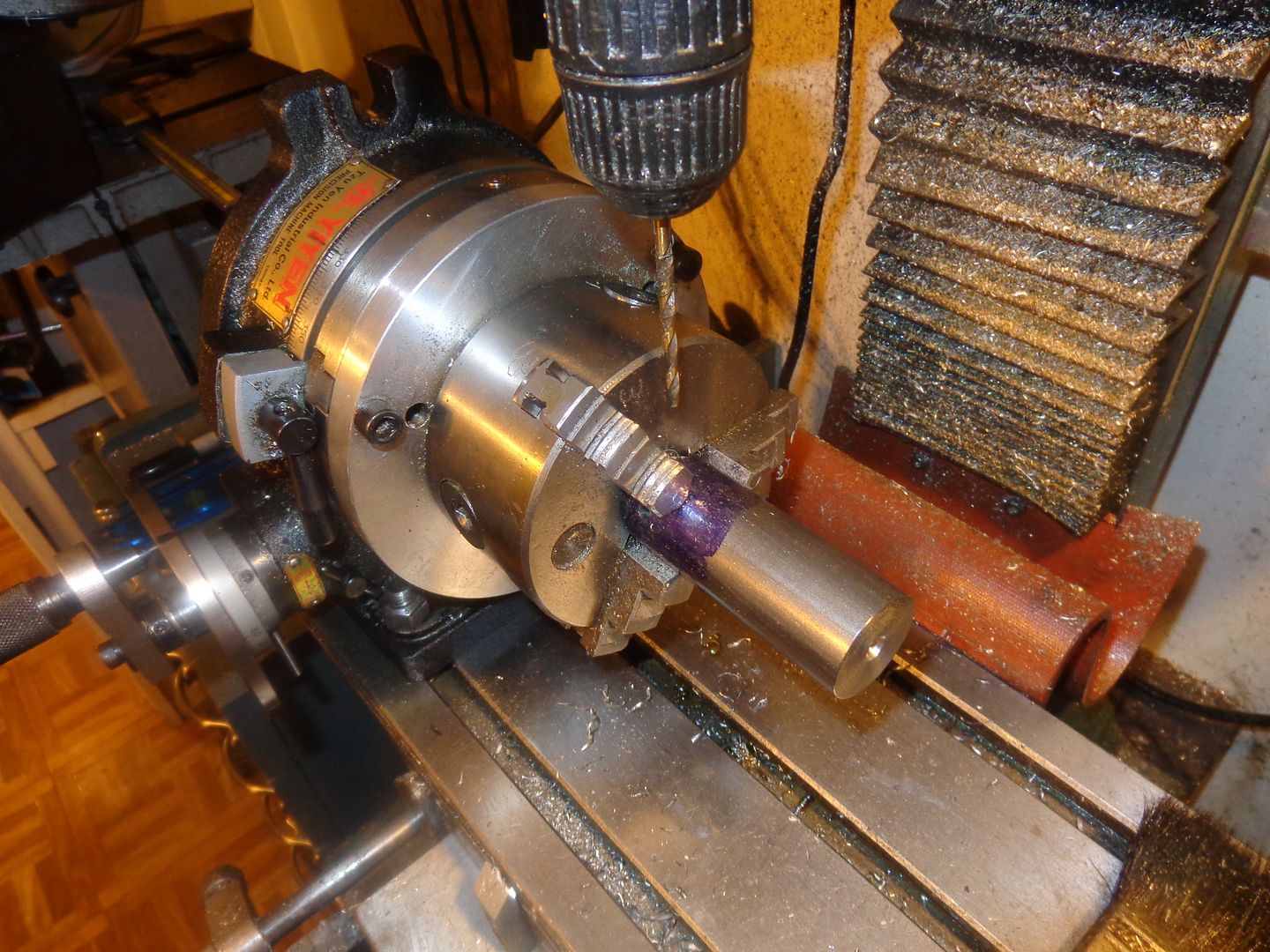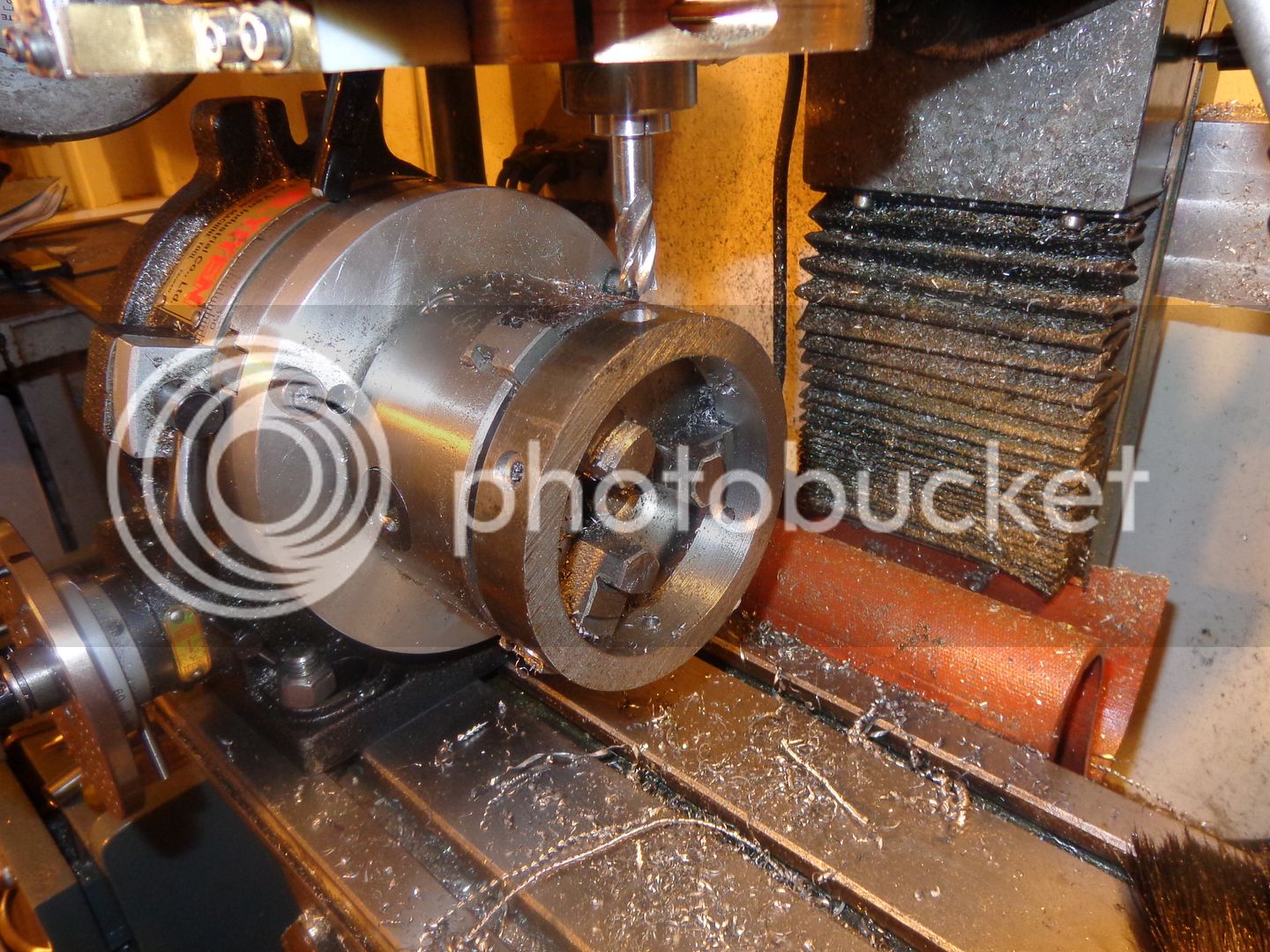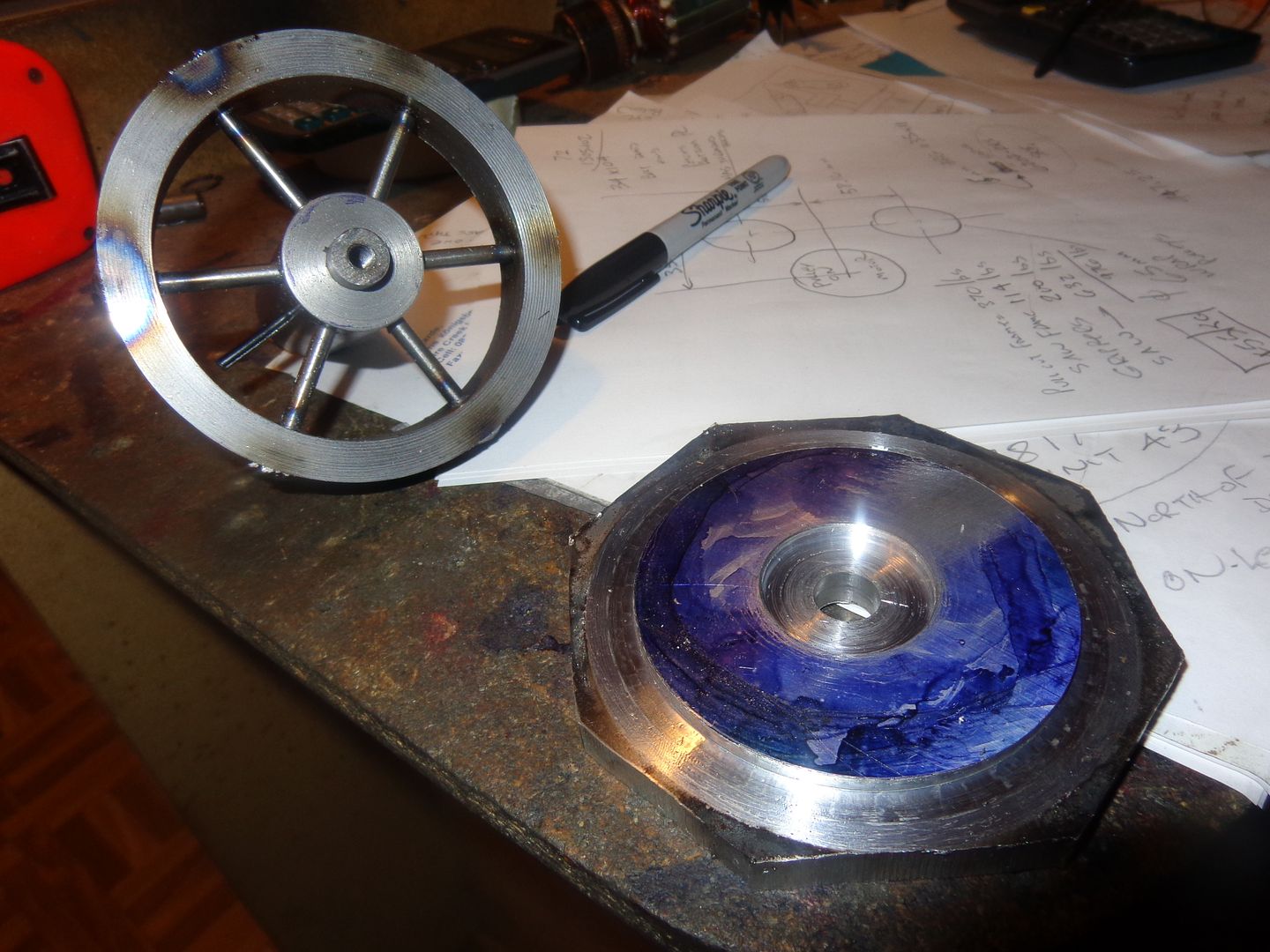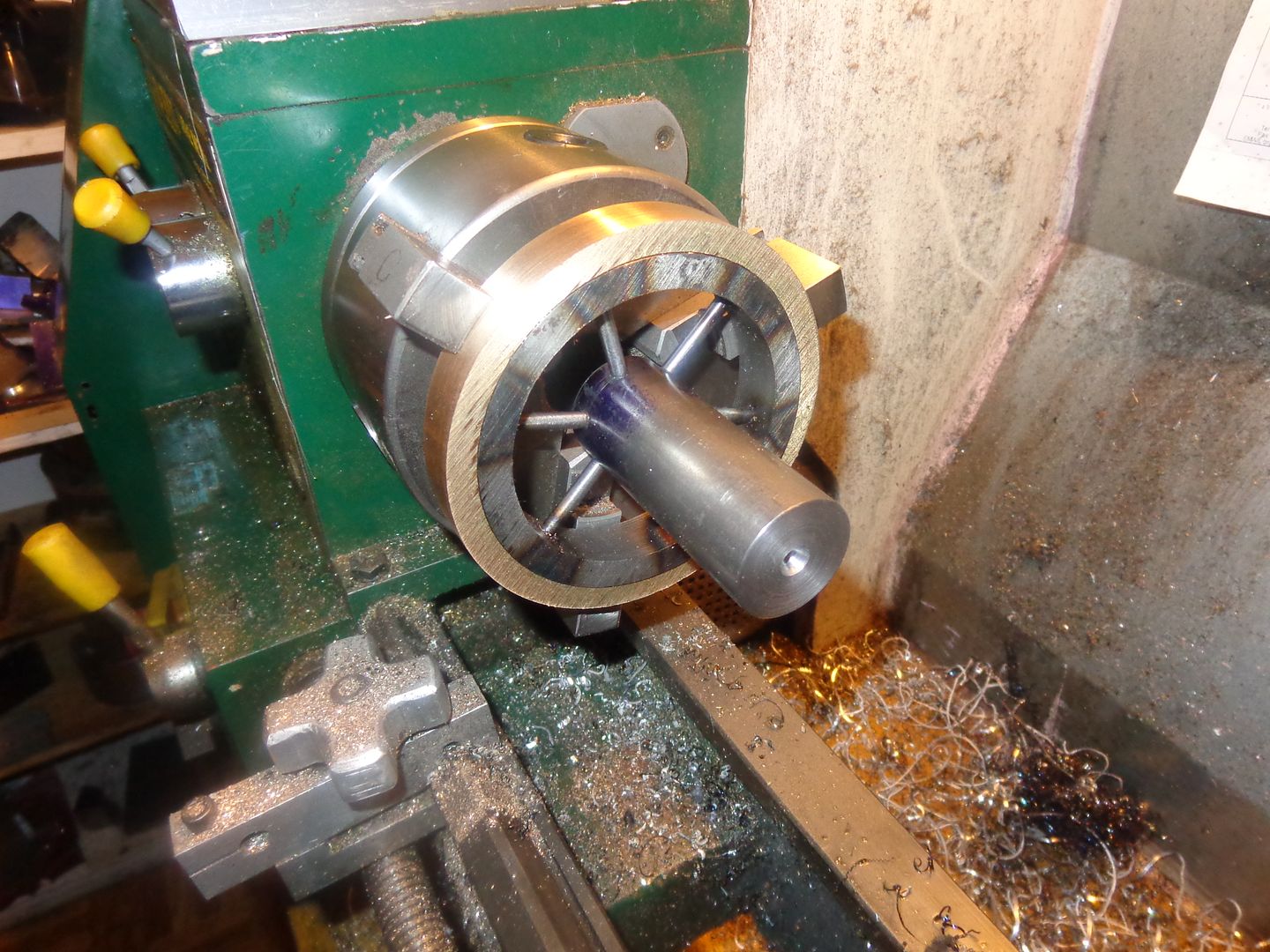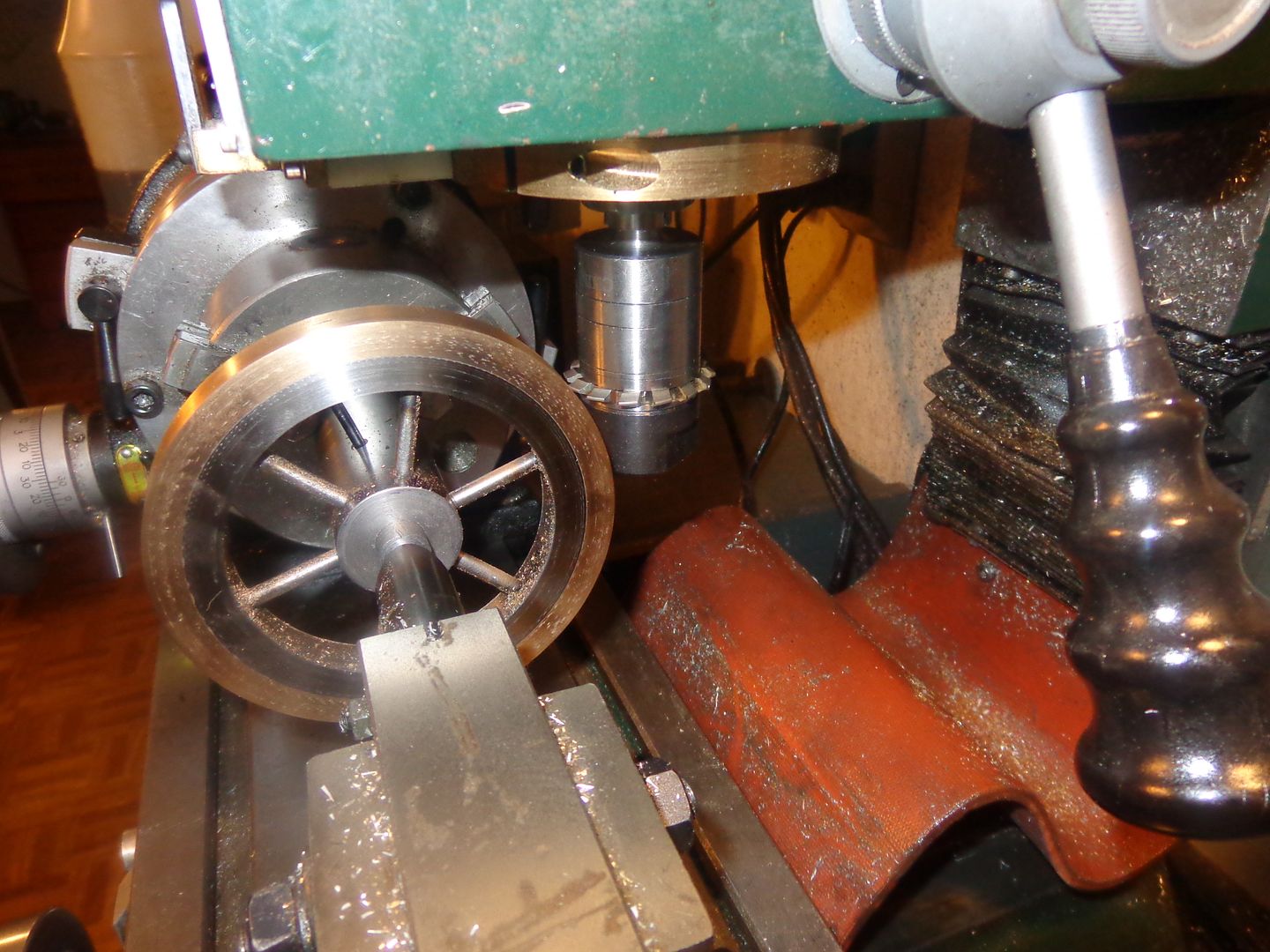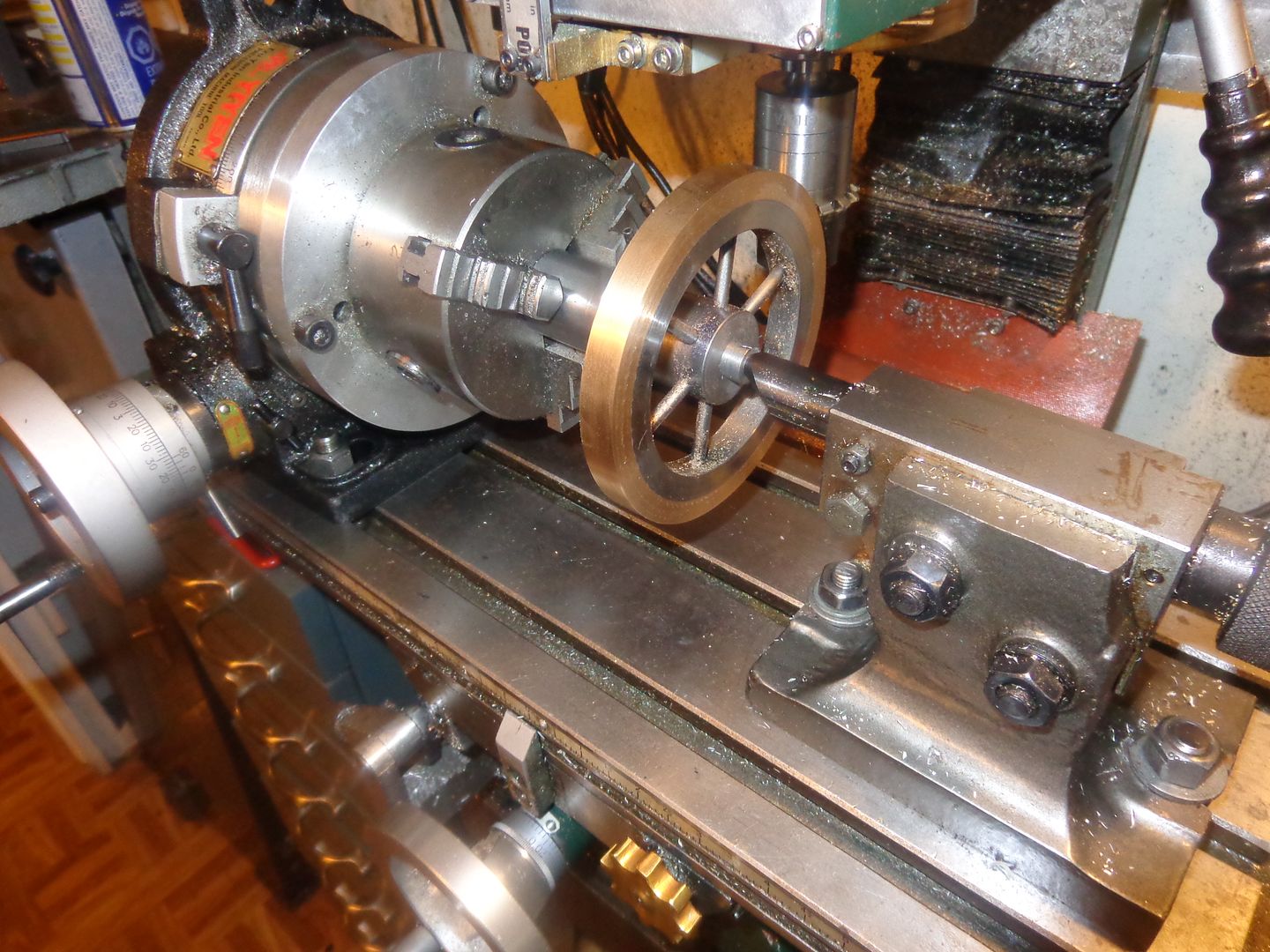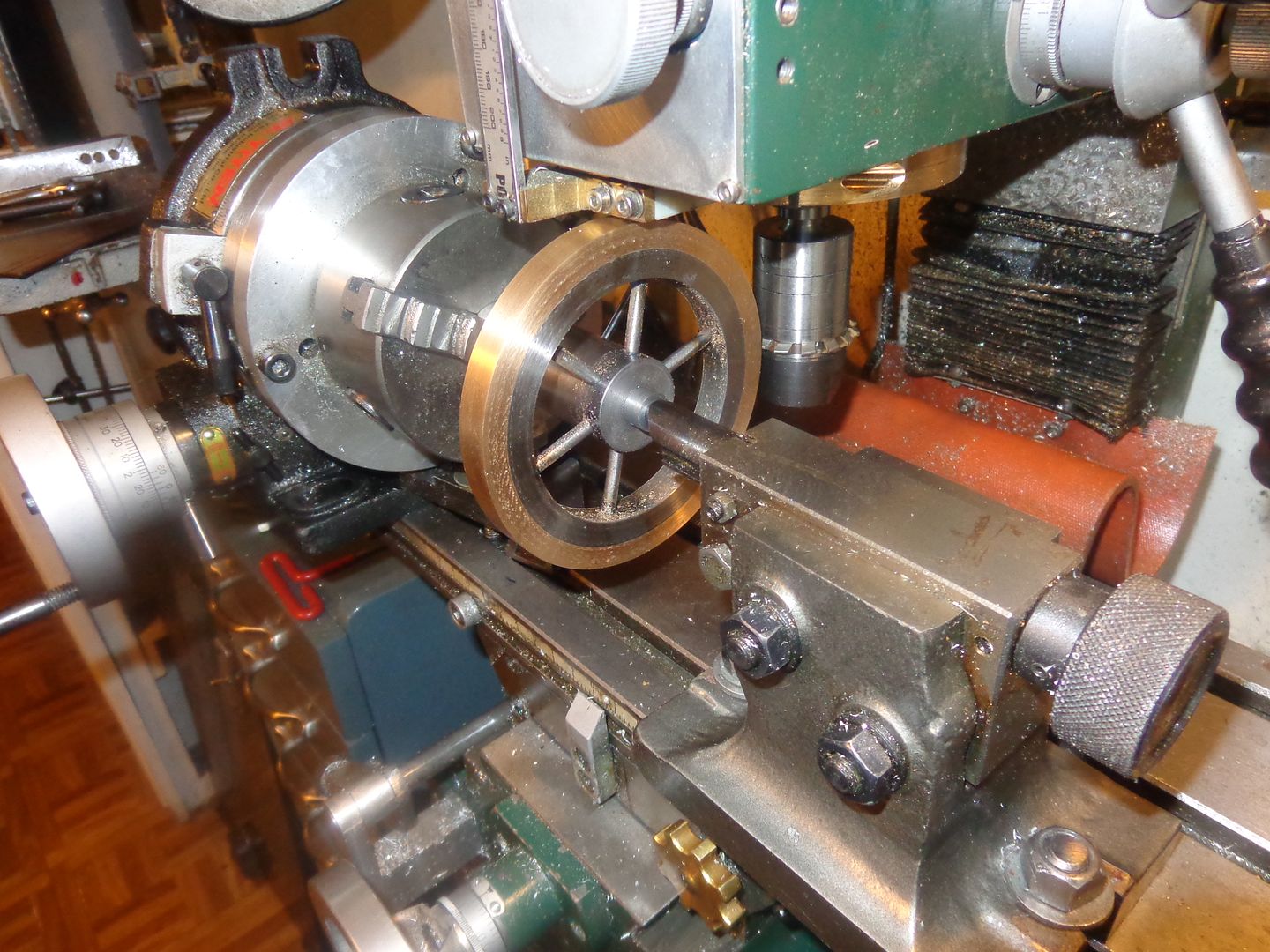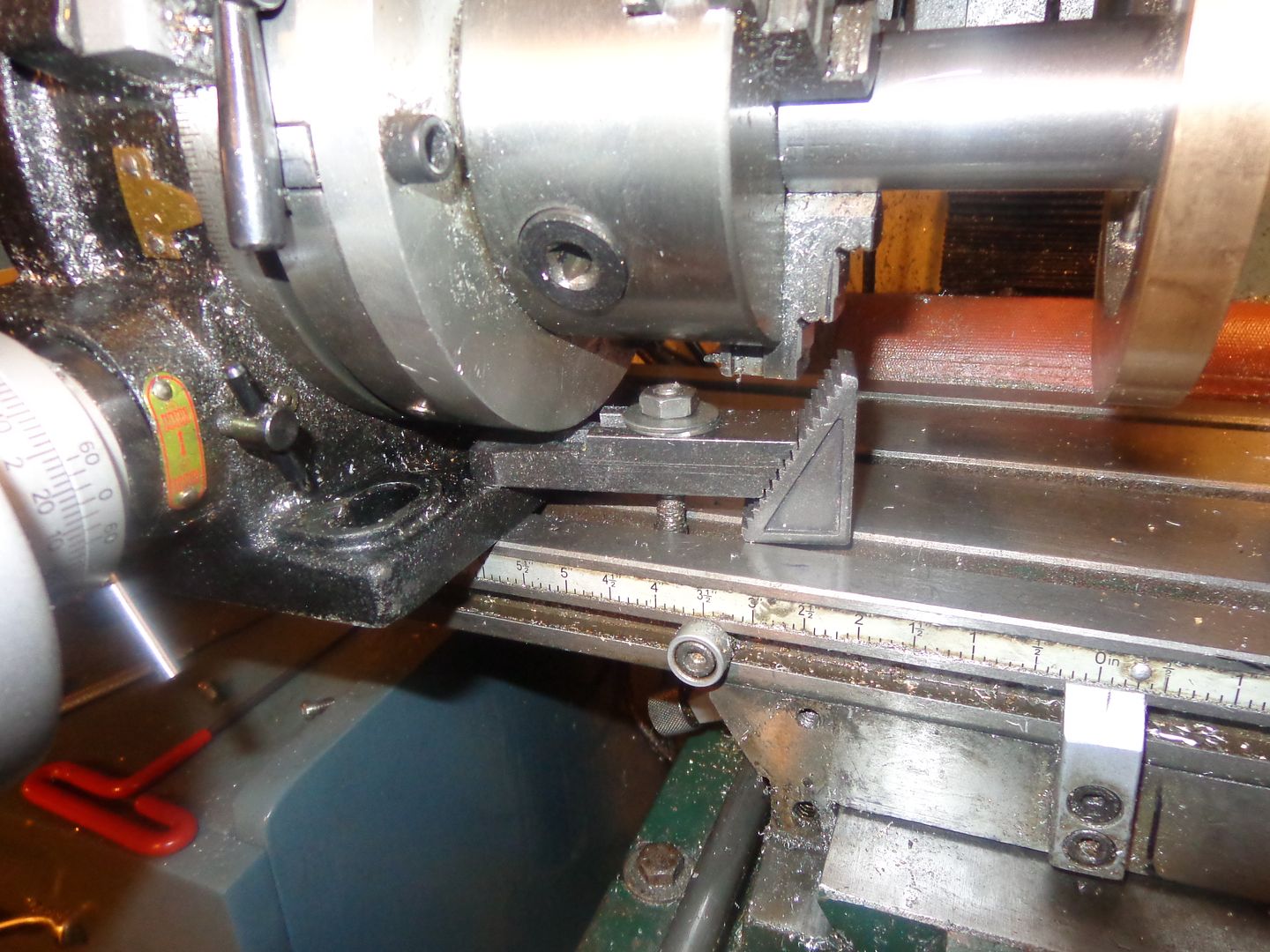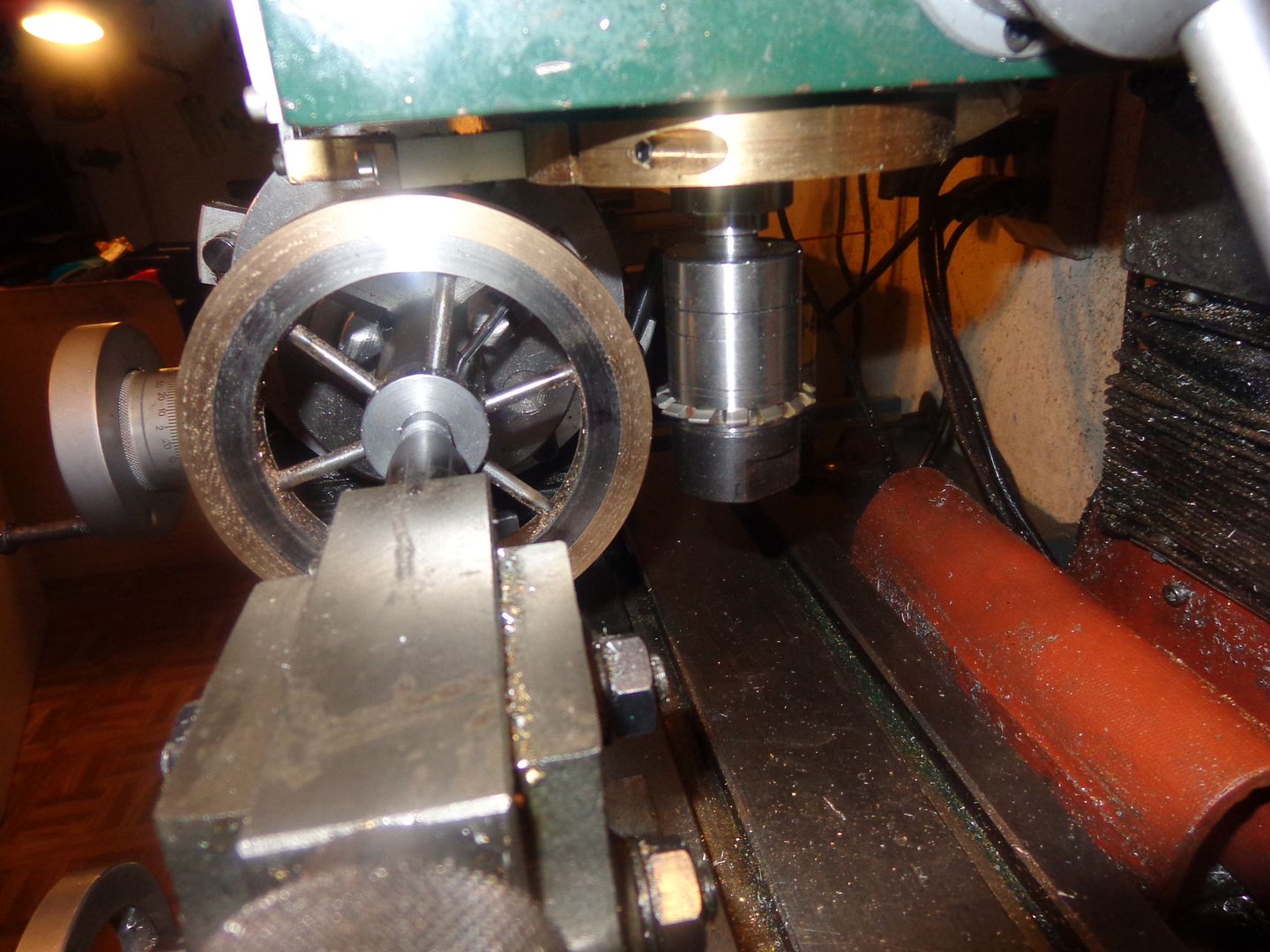Brian - How well did the O.D. turn with the weld points? I know you ground them flush first, but I assume you had to machine them at least a little to true up the OD. I've never tried to machine welds as I thought they'd be too hard for HSS tools.
On another note, I had to take one of my daughters on a school excursion yesterday, to a science-y place, where they had several 'marble lifting devices' although scaled up to use bowling balls and croquet balls. Very cool to watch and was a highly popular activity with all the visitors. I can see many more additions to your machine in the future.

